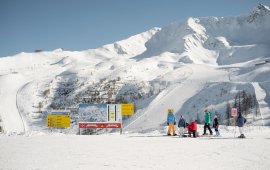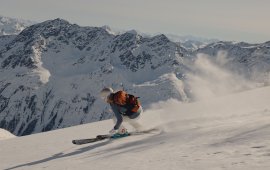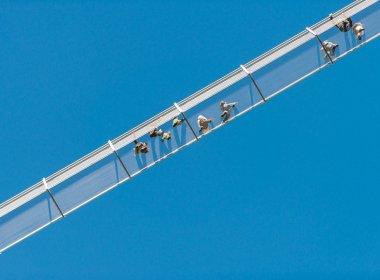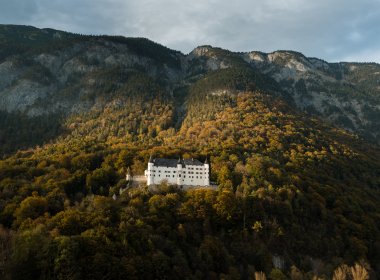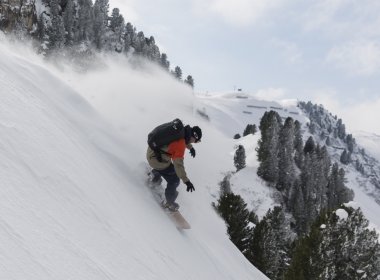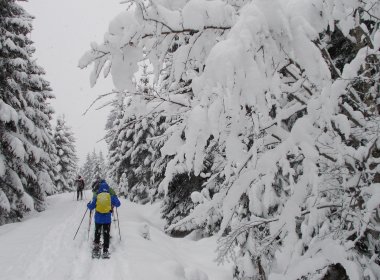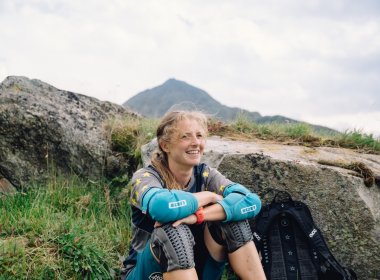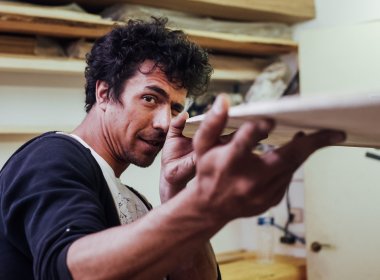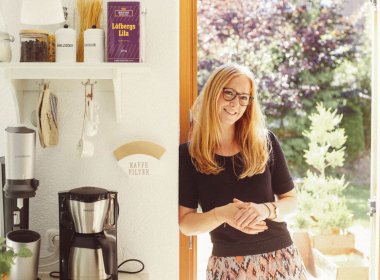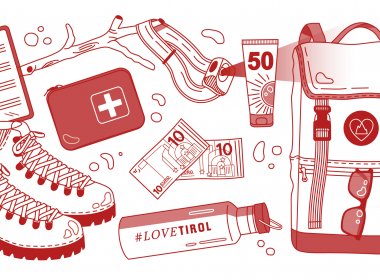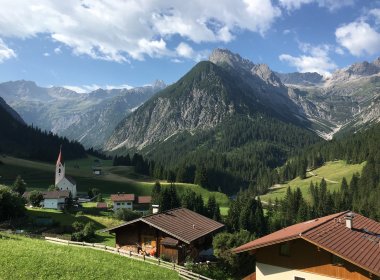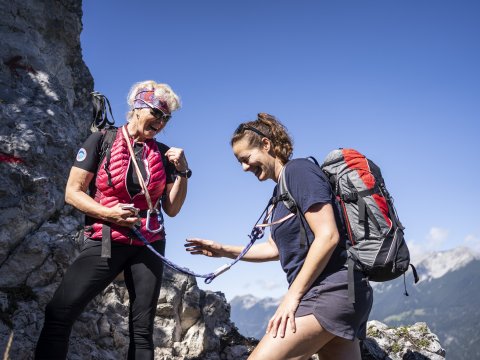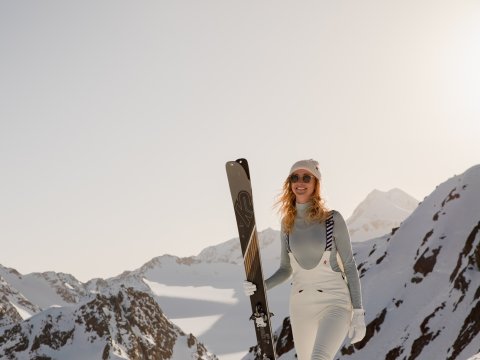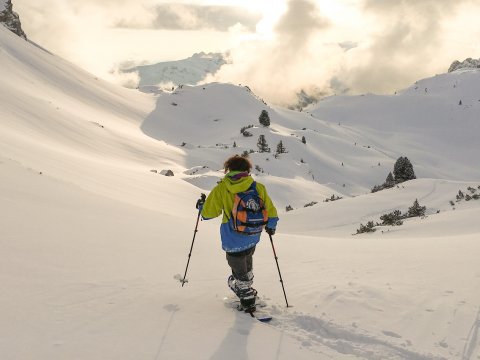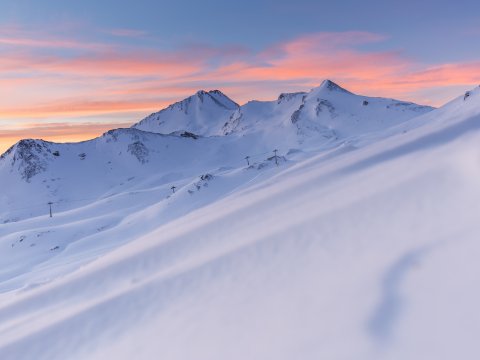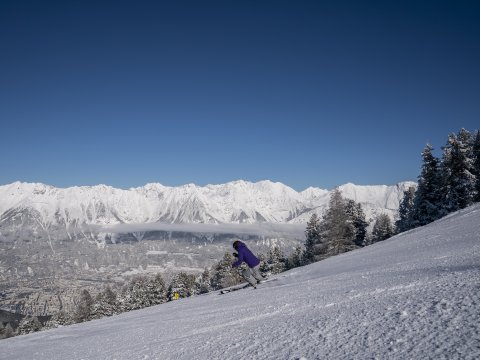The 5 Ski Exercises Workout at Home: Getting Fit for Skiing & Snowboarding
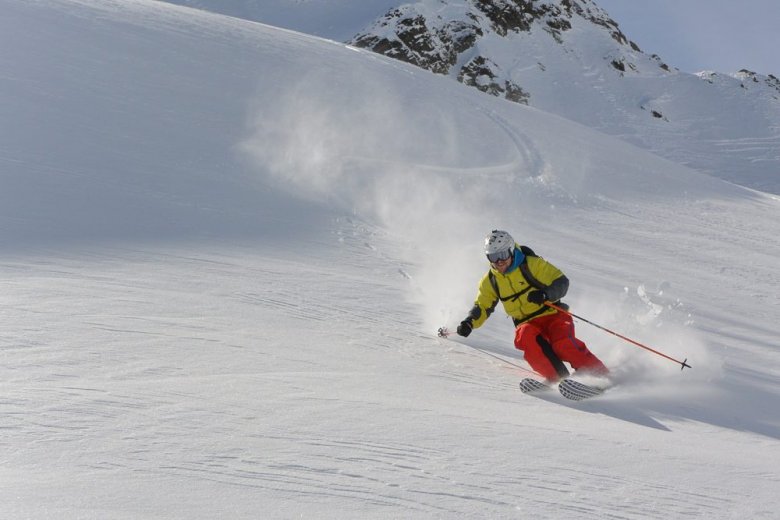
1st Ski Exercise: “Animal” Warm-Ups
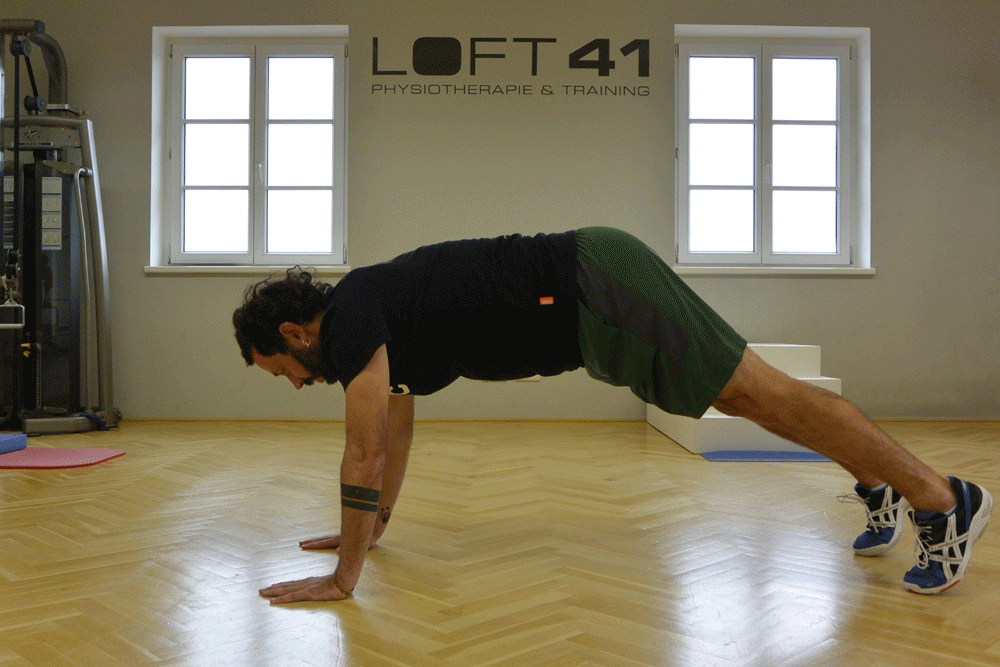


Continue your workout with super sets for exercises 2 to 5. Learn all about super sets from Bettina and Florian at the end of this article.
2nd Ski Exercise: Three Squats, two Jumps
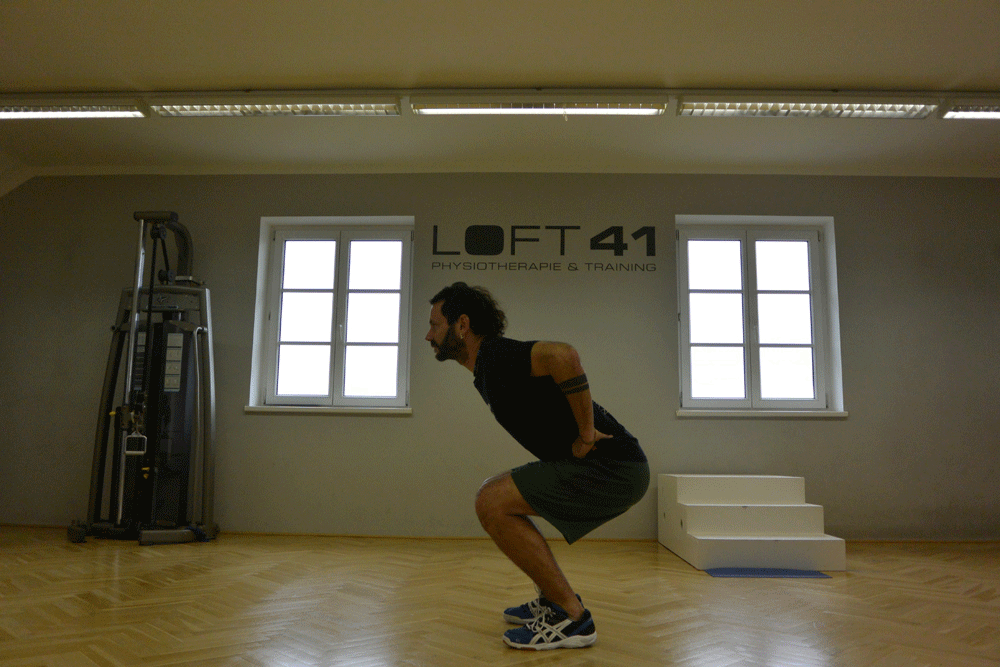
Execution:
- Stand with the feet shoulder width apart, placing your hands on your waist.
- Bend your knees and push your hips back to come into a squat. Squat down as if you were performing three normal squats; in the third squat engage your core and jump in the air explosively. On landing, lower the body back into the squat position and repeat the jump. Continue with three squats alternating with two squat jumps.
- Repetitions: Do as many repetitions of this exercise as you can in one minute, on a high intensity.
Avoid common mistakes:
- Don’t let your knees bow inward at any point during the squat. They should be neutral, rather than diving in or diving out. Keep them in line with your toes.
- Bend your knees and push your hips back as if you would sit down on a chair—don’t let knees go past toes. Keeping your lower leg straight is the best way to protect your knees.
- Maintain a posture as close to upright as possible. Keep your abs tight and don’t let your lower back arch.
3rd Ski Exercise: Planking

Execution:
- Lie on your side and hold your body in a straight line from head to feet with your elbow directly beneath your shoulder – hold this position for 20 seconds.
- Turn to the push-up position with your back completely straight and lower both your forearms to the ground so that both your elbows and fists are flat to the ground – hold this position for 20 seconds.
- Turn around so that you’re lying on your other side and repeat – hold this position for 20 seconds.
Avoid common mistakes:
- Curl your toes under and engage your abs by tilting your pelvis and pulling your belly button toward your spine. Straighten your body, keeping your neck and spine neutral. Imagine that you’re a plank (yes, that’s where the name comes from) of wood.
- Side Plank: Do not let your back sag and do not let your butt stick up in the air. It must be a plank.
4th Ski Exercise: Rotational Squat Lunges

Execution:
- The Starting Position: Step forward with one leg, lowering your hips until both knees are bent at about a 90-degree angle. Plant the foot, then lower your rear knee towards the ground while keeping your front shin as vertical as possible. Keep your upper body straight!
- Bend your rear knee up and down. As you do so, rotate your torso to the side of the front foot. Your front knee should not extend over your toes and your back knee should not touch the ground. Extend your arms and keep them parallel to the floor as you lunge and rotate (to increase the intensity, you can add weights, i. e. a filled water bottle).
- Do as many repetitions of this exercise as you can in one minute on each side.
Avoid common mistakes:
- Keep your feet and your knees looking straight ahead; also try to keep your legs engaged as you perform.
- Relax your shoulders.
- Do not let the front knee slide forward over the toes or collapse to the inside.
5th Ski Exercise: Single Leg Stance with Exercise Variations

Execution:
- Lift your left leg off the ground, stand on one foot while hips and knees of your left leg form a 90 degree angle.
- Hold the single leg stance for 30 seconds per side.
Variations:
- Close your eyes
- Catch a ball – try juggling with balls
- Challenge yourself further by standing on a soft, squishy surface like a couch cushion or a piece of foam
- Make calculations, sing it out loud, …
- All together now :-)
Avoid common mistakes:
- The hip should be positioned over the knee and foot while the pelvis should be maintained in a level and squared off position; do not let the knee collapse inward.
- The knee should be slightly bent rather than locked.
Functional Training for Injury Prevention – How does it work
Skiing and snowboarding are physically demanding sports, no matter whether you’re doing it on the slopes or in the backcountry, in the terrain park or in the trees. Skiing is a high-level activity that requires adequate training in order to be able to perform it most effectively. Functional training is key to injury prevention as it incorporates stabilization, strength and power exercises in multiple planes of motion.
Getting in shape for ski season requires specific exercises to work out legs, core and back muscles, as these muscles are the key to proper movement patterns. Cardiovascular endurance, flexibility and strength training along with speed, agility, power and balance play a large role in skiing. Most of the injuries we see happen in the beginning or at the end of winter, suggesting that skiers haven’t prepared their body in advance.
By following the list of exercises above, you can be putting your best ski forward in an attempt to get the most that you can out of the sport.
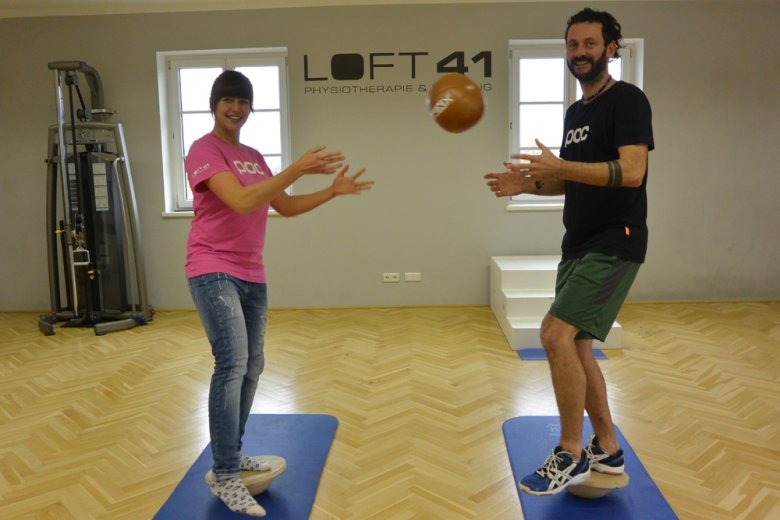
Mobility and Stability
In movement, the foundation is formed through a balance of stability and mobility. Stability in the body is seen when you can resist any unwanted movements from changing your alignment or posture. Mobility combines muscle flexibility along with normal joint range of motion. These two attributes work together to either stabilize or mobilize your joints throughout your body. Each joint or series of joints has a specific function. A basic section of functional training, the joint-by-joint approach is key to both performance and injury prevention. The functional training movement has been pushed forward by a famous strength & conditioning coach named Mike Boyle. This training style moves up the body by a joint-by-joint basis and includes range of motion (mobility), stabilization of the joints, proprioception (balance), force production and velocity of movement (Boyle, M., 2012).
Not every skier or snowboarder has the opportunity to join a ski-specific strength training regimen at a gym. The five exercises listed above are a great way to get a ski-specific workout in your own home.
Where and How to Train?
You won’t need a gym for any of these workouts! Supersize your workout with super sets, consisting of performing a number of exercises in a row without pause for rest in between. Super sets allow you to increase your training intensity and to get more done in the same time so you will complete your workout much faster. You can train cardiovascular endurance, flexibility and strength and burn fat all in the privacy of your home so you’re free to sweat in solitude or with friends or family. There’s not much space needed for the workout so you can do it even if you’re five feet from your couch. Using only your own body weight, these exercises will help you create a ski-specific workout that fits your needs and abilities as you can easily adapt execution and intensity. The only training gear you’ll need is your commitment to get in shape for skiing or snowboarding!
Recommended Intervals:
- Workout 60 seconds per exercise.
- Do not rest between each exercise; move from one exercise to the next as fast as you can.
- Do three to four sets per exercise.
- Rest 2 to 3 minutes between super sets.
- Weekly Dose: 2 or 3 workouts.
Equipment Needed: No equipment :-)
Hints & Tips
- The question of the quality of movement is important – if you are not able to perform an exercise for 60 seconds with good control and form, take a break!
- Sweat among a circle of friends or bring the house down with your favourite workout songs – this makes ski fitness so much fun, you’ll forget you’re working out!
- Fitness tracking devices and apps will help you keep logs of all your daily activities and provide detailed performance reports.
- Cool-Down: 6 to 10 minutes of cool-down helps to remove metabolites from your muscles. An effective cool-down can simply be a slow run or some gentle cycling.
For further information, please do not hesitate to contact the expert team of Loft 41 – Physiotherapy & Training.









